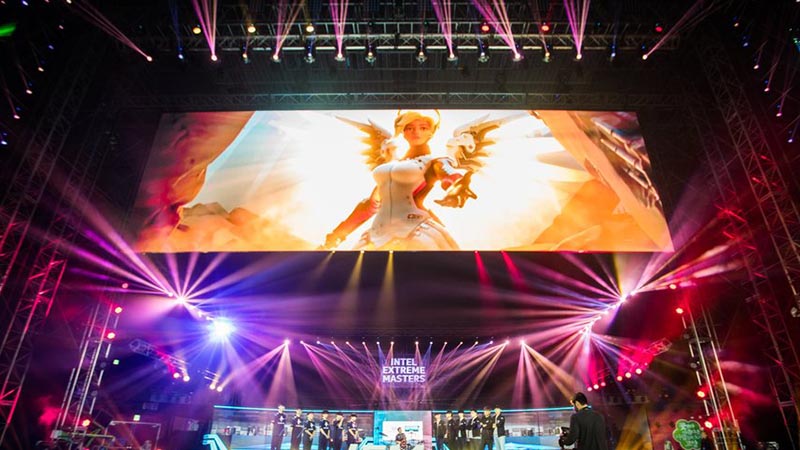The Highlights
- League of Legends action is starting up again this week.
- Now is a great time to think about League from a strategic (vs. slate-specific) perspective.
- One of the most important stats for League daily fantasy is Kill Participation.
League of Legends returns this week after almost a month off! Games have already started in the Chinese LPL and Korean LCK, and action in North America and Europe kicks off this Friday. Riot Games has released a new patch for the summer split, so there are a lot of exploitable opportunities this week: See my betting and DFS breakdown for the money-making details.
While the research that goes into my breakdowns is extensive — I once watched 116 League games to gather the data necessary for a slate — my evergreen pieces on League DFS are probably the most important pieces I’ve written.
- League introduction
- Three biggest esports DFS mistakes and how to avoid them
- Two most important stats for League DFS
In my last evergreen piece I highlighted the utility of Kills per Win (KPW) and Deaths per Loss (DPL). In this piece, I explore another metric that is almost as important.
Kill Participation
Kill Participation is exactly what it sounds like: It tells you the percentage of a team’s kills in which a player participates. It’s a great statistic for helping you find players to stack, especially in guaranteed prize pools. While it may seem as if this statistic would be relatively static player to player and team to team, Kill Participation can vary wildly based on style of play. Some players and teams are simply better at accumulating assists, which are worth almost as many fantasy points as kills: Three points for kills, two for assists.
For top-laners and junglers especially, Kill Participation is variable.
How to Build a DFS Lineup Using Kill Participation
To show the value of the stat, let’s go through an exercise.
Let’s assume we have looked at the slate and determined that we want to stack two teams: Fnatic and Royal Never Give Up. And let’s say that (based on historical KPW and DPL rates) Fnatic is projected for 13.6 kills and Royal for 14.4 kills. Given that a League DFS lineup accommodates seven players (no more than four of which can come from the same team), we’d theoretically want to roster four Royal players and three Fnatic players.
Ideally, we’d almost always roster the attack damage carry (ADC), mid-lane, and jungle positions, as they tend to score the most fantasy points, but often that’s impossible because of the salary cap. In this situation, we can use Kill Participation to inform our roster-constructing decisions.
Kill Participation x Expected Kills
If we multiply Kill Participation by the number of expected kills a team will accumulate, we can directly compare players at the same position by seeing how many kills each individual is expected to be involved in.
Here are the two teams, with Kill Participation and player-level expected kills.
Fnatic: 13.6 Expected Kills
- Top: Soaz, 61.7% –> 8.4
- Jungle: Broxah, 73.2% –> 9.9
- Mid: Caps, 70% –> 9.5
- ADC: Rekless, 76.4% –> 10.3
- Support: Hyllisang, 69% –> 9.3
Royal: 14.4 Expected Kills
- Top: LetMe, 59.6% –> 8.5
- Jungle: MLXG, 74.2% –> 10.6
- Mid: Xiaohu, 68.4% –> 9.8
- ADC: Uzi, 73.7% –> 10.6
- Support: Ming, 72.2% –> 10.3
With the individual kill projections, we can compare the teams at every position to see which players we should want most in our lineups.
- Top: LetMe +0.1 vs. SoaZ
- Jungle: MLXG +0.7 vs. Broxah
- Mid: Xiaohu +0.3 vs. Caps
- ADC: Uzi +0.3 vs. Rekless
- Support: Ming +1.0 vs. Hyllissang
The Edges Exposed
With these numbers, we can now see that Royal’s edge over Fnatic is the smallest in the top lane, which means that we should start building our preliminary roster by stacking Royal at the jungle, mid, ADC, and support positions and then sliding in the Fnatic top as the fifth non-flex player.
- Top: SoaZ (Fnatic)
- Jungle: MLXG (Royal)
- Mid: Xiaohu (Royal)
- ADC: Uzi (Royal)
- Support: Ming (Royal)
- Flex: ??
- Flex: ??
And then for the flex positions we should roster (as far as the salary cap allows) the two remaining Fnatic players with the highest expected kills.
—
This is far from everything that goes into creating a lineup in League DFS, but this process (built around Kill Participation) has been invaluable in helping me ensure that my lineups are optimally stacked.
Until next time, I’ll see you on the rift.






